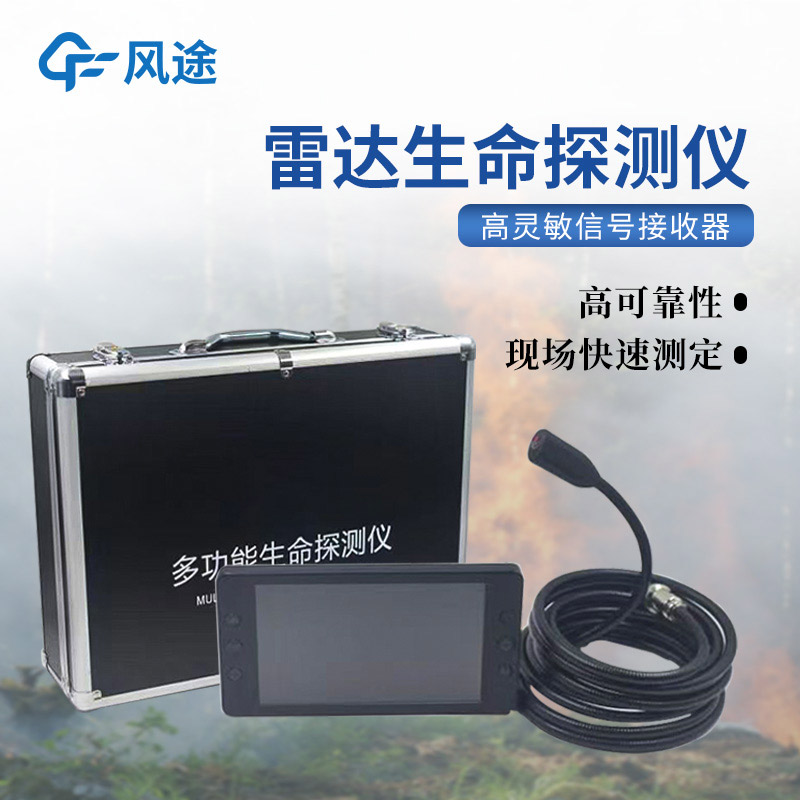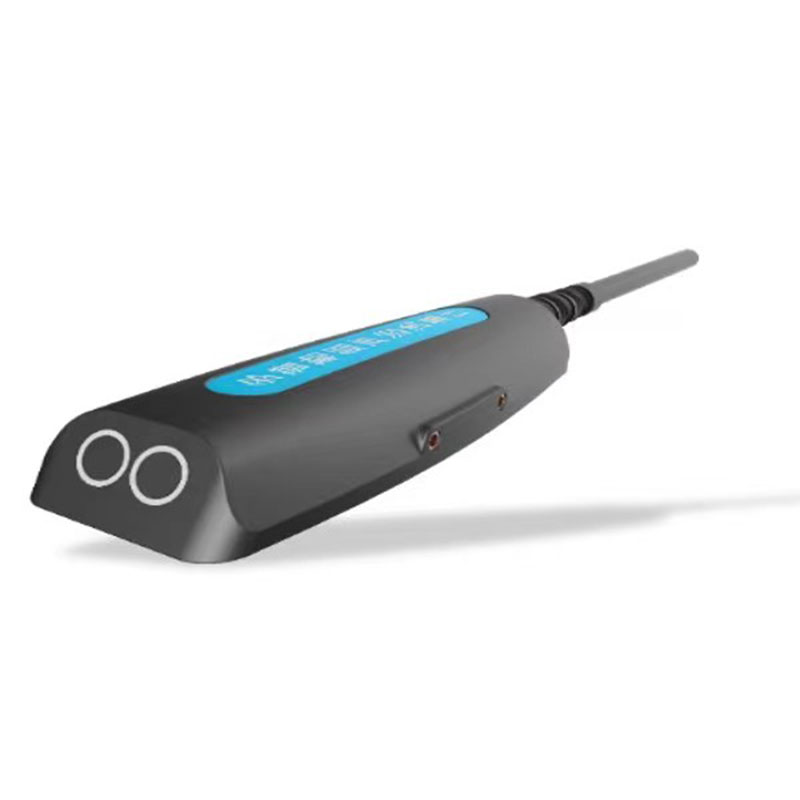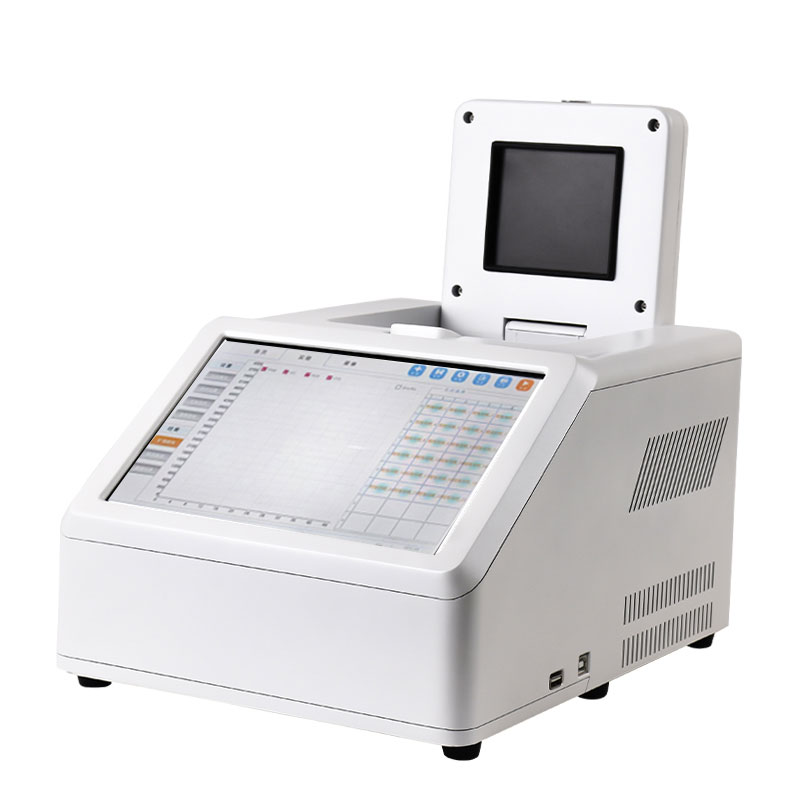At the scene of geological disaster emergency rescue, the top priority is to quickly find trapped people, which requires the use of life detectors. Currently, three types of life detectors are commonly used in rescue operations: Radar life detector, Infrared life detector, and Audio & video life detector, each with different working principles.
The Radar life detector finds trapped people by emitting and receiving electromagnetic waves. Activities such as human breathing and heartbeat cause tiny fluctuations in the body. When the electromagnetic waves emitted by the device encounter these movements, the reflected signals will change. The device can capture these changes and determine whether there is a living body. It can work normally regardless of darkness, dust, or smoke at the scene, and can even detect people buried under concrete, ruins, or soil. Under normal circumstances, it can detect living bodies within a range of several meters to dozens of meters, and can also distinguish between living people and objects, making rescue more targeted.
The Infrared life detector locates trapped people by sensing temperature differences. The human body constantly emits heat, which is different from the temperature of the surrounding environment. The device can receive these heat signals and convert them into images for display. Rescuers can find trapped people through the high-temperature areas on the images. It can be used in environments where visibility is poor, such as darkness, thick smoke, or heavy fog, and can also detect living bodies through some obstacles. However, if the ambient temperature is similar to the human body temperature, its detection effect will be affected.
The Audio & video life detector consists of a sound pickup probe, a camera, and a display screen. It determines the location of trapped people by collecting sound and images. The sound pickup probe can hear weak sounds under the ruins, such as cries for help, knocks, and even breathing sounds; the camera can be inserted into narrow gaps to take pictures of the inside, allowing rescuers to directly see the situation of the trapped people. This device is not complicated to operate, and can also enable direct communication between rescuers and trapped people through sound and images, which can both comfort the trapped people and help formulate more appropriate rescue plans. However, its detection range is limited, and rescuers need to place the probe close to the trapped people to be effective.
In conclusion, these three types of life detectors each have their own uses in geological disaster rescue. They can help find trapped people from different angles, and using them together can greatly increase the possibility of successful rescue.

This paper addresses:https://www.fengtusz.com/industry/802.html









